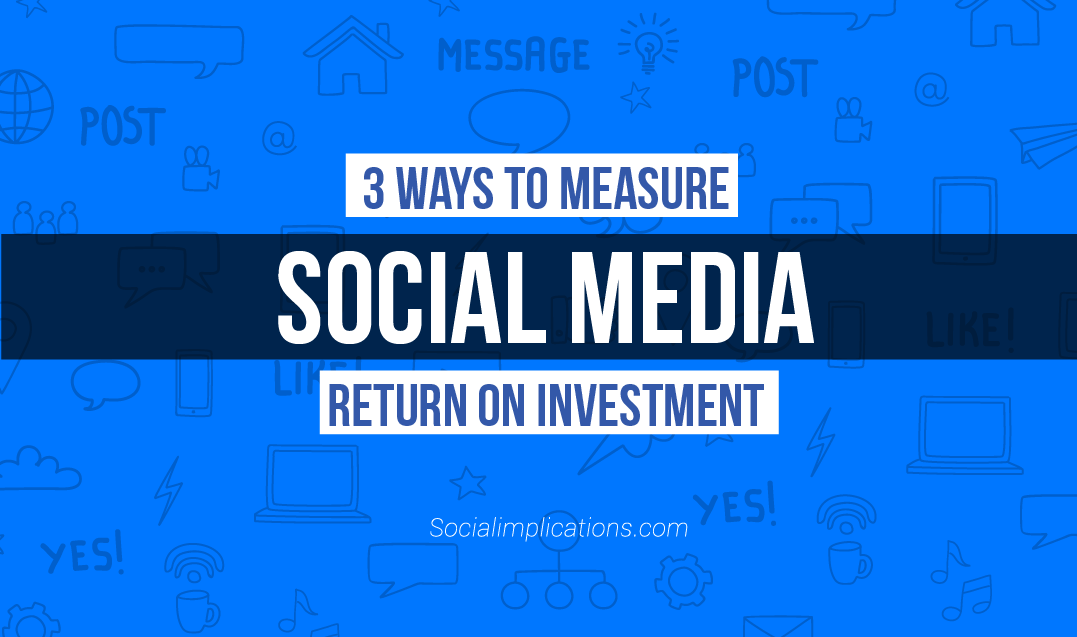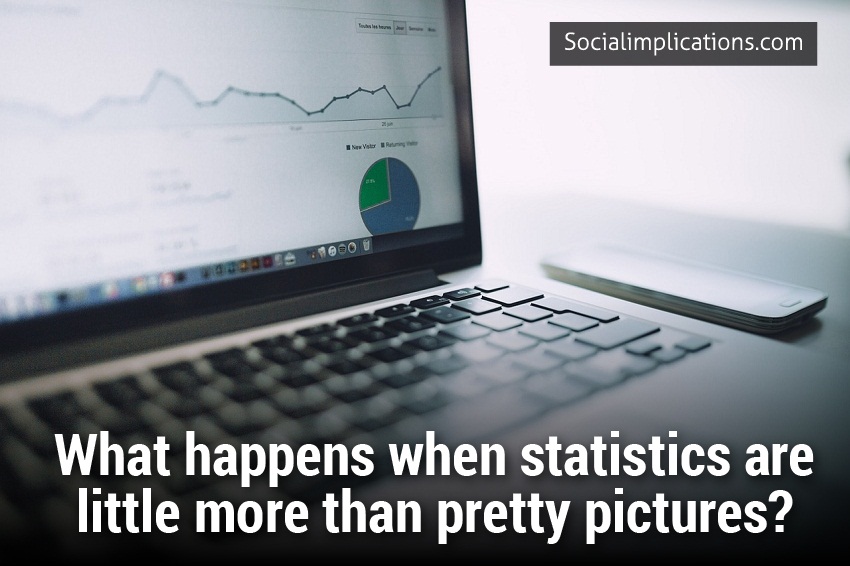If Social Media is similar to word-of-mouth advertising, how can you accurately measure the return on investment? Some social media managers believe it’s impossible, but in this post I’ll offer three ways to get you headed in the right direction. They’re not perfect, but each will help you take a pulse on each of your social channels at little or no cost.
While it seems that more and more software solutions crop up each day claiming to track the entire social media ecosystem, they often have a hefty price tag and/or learning curve. We’re not going to talk about them here. Instead I’ll show you how to setup a simple tracking system you can implement quickly using Google docs or another spreadsheet application.
Know Your Social Media Goals
Like any standard ROI calculation, it all starts with your goals. What do you expect to achieve from each social media channel? Increased sales, a bigger online community, or better brand recognition? Begin with the end in mind and set a baseline from which to track your results.
It often takes multiple touch points before a website conversion, so I like to track progress monthly for a minimum of three months before making any decisions based on the data. This gives each campaign a chance to take root over time.
Setup A Basic Tracking System
Using a Google doc or excel spreadsheet, setup a listing of each social media channel you want to track and then enter the following columns next to each:
• Monthly Referrals Percentage Increase/Decrease
• Monthly Followers Percentage/Decrease
• Influencer Status Percentage Increase/Decrease
• Notes column
1. Monthly Referrals
Monthly referrals will show you very quickly which social channels are driving traffic to your website or blog. Check your site’s Google Analytics stats and measure your site’s monthly referrals increase or decrease from Facebook, Twitter, or your other chosen social media platforms.
Once you have a baseline percentage, measure this monthly to identify ongoing trends. Watching increasing or decreasing trends will help you figure out what’s working vs. what’s not and better tailor your content for optimal sharing and engagement.
2. Monthly Followers
An increase or decrease in monthly followers is another clear indicator of what content resonates with your audience. Again, setting a baseline measurement is important. For example, if you have 500 Facebook likes on March 1 and then 600 on April 1, you would measure that as a 10% month-over-month increase.
Then let’s say you held a contest on Facebook in May and suddenly the number of Likes on your page doubled from 600 to 1200. This would indicate a 50% increase in followers thanks to your contest promotion.
3. Influencer Status
Influencer Status is a subjective measure that can definitely impact your social media ROI. Influencer status measures the number of mentions by any key bloggers, PR agencies, satisfied customers or high profile media outlets that you are trying to reach.
A large number of influencer data points within a short time period can often catapult your monthly referral and follower numbers, so it’s important to track them.
So What’s The Return?
Assuming enough time has gone by and you have captured some good data, it’s time to tie it back to your original investment of time and/or money. Look back at your goals and assign a dollar value or weighted score to each measurement.
Then look at your results and calculate whether or not your efforts have been worth it. As I mentioned earlier this isn’t a perfect solution, but it will help you determine whether or not you are making progress.
Measuring social media ROI is an ongoing process and an important aspect of managing your online business. However it is often elusive depending on your goals. Hopefully these three methods will help you improve the overall quality and effectiveness of your social media campaigns.
How do you measure social media ROI? Let me know in the comments.



![Dashboards to Measure Social Media ROI [VIDEO] Dashboards to Measure Social Media ROI](https://socialimplications.com/wp-content/uploads/2014/10/dashboards-measure-social-media-return.jpg)









